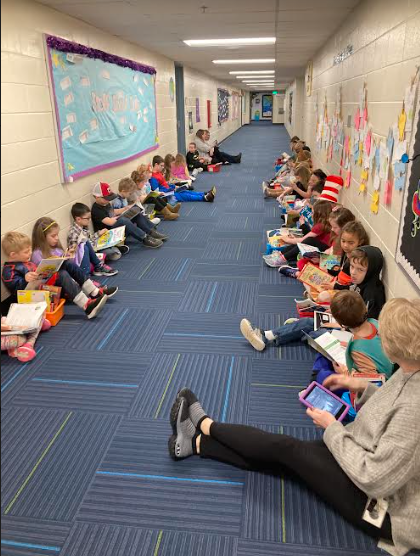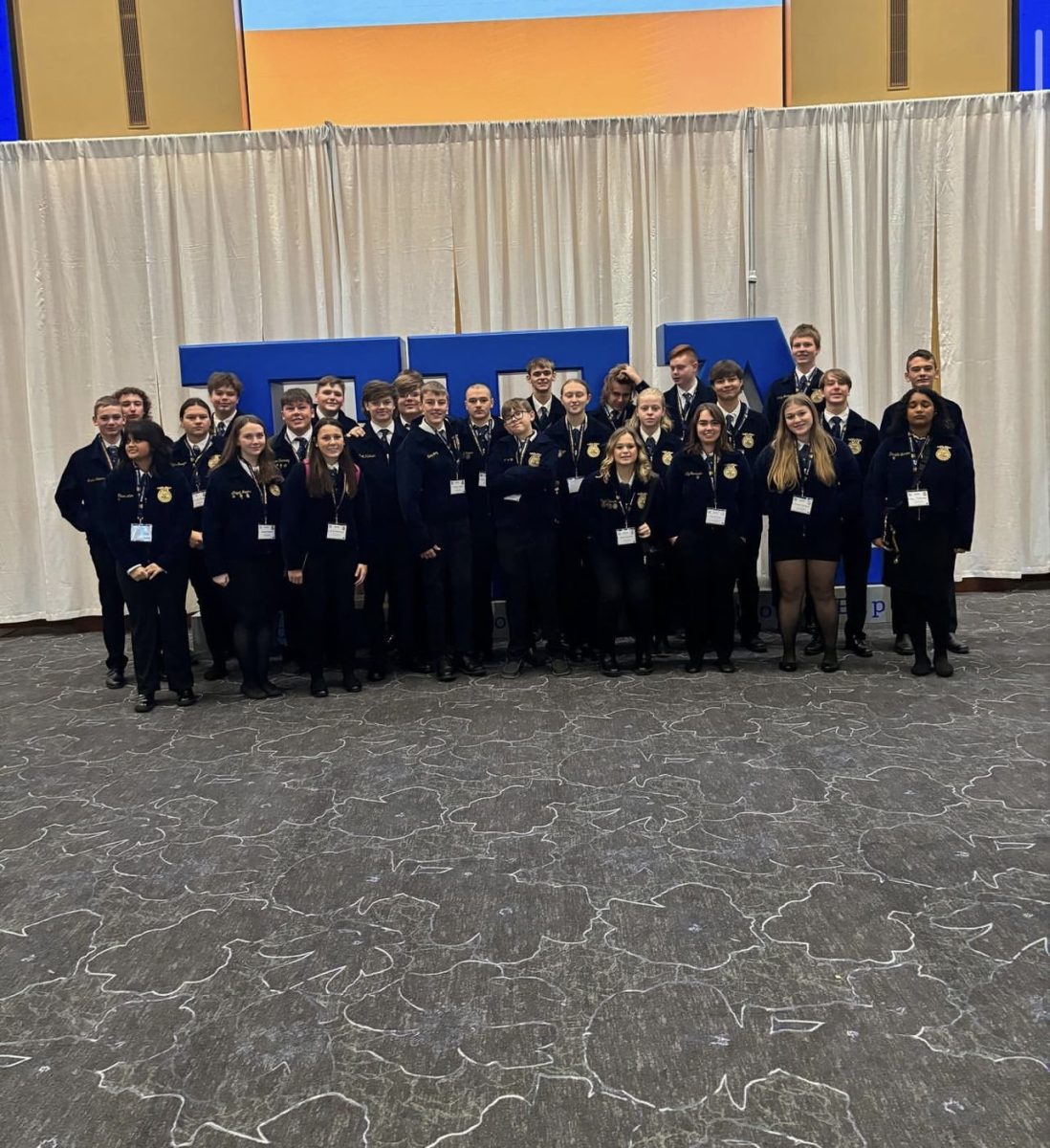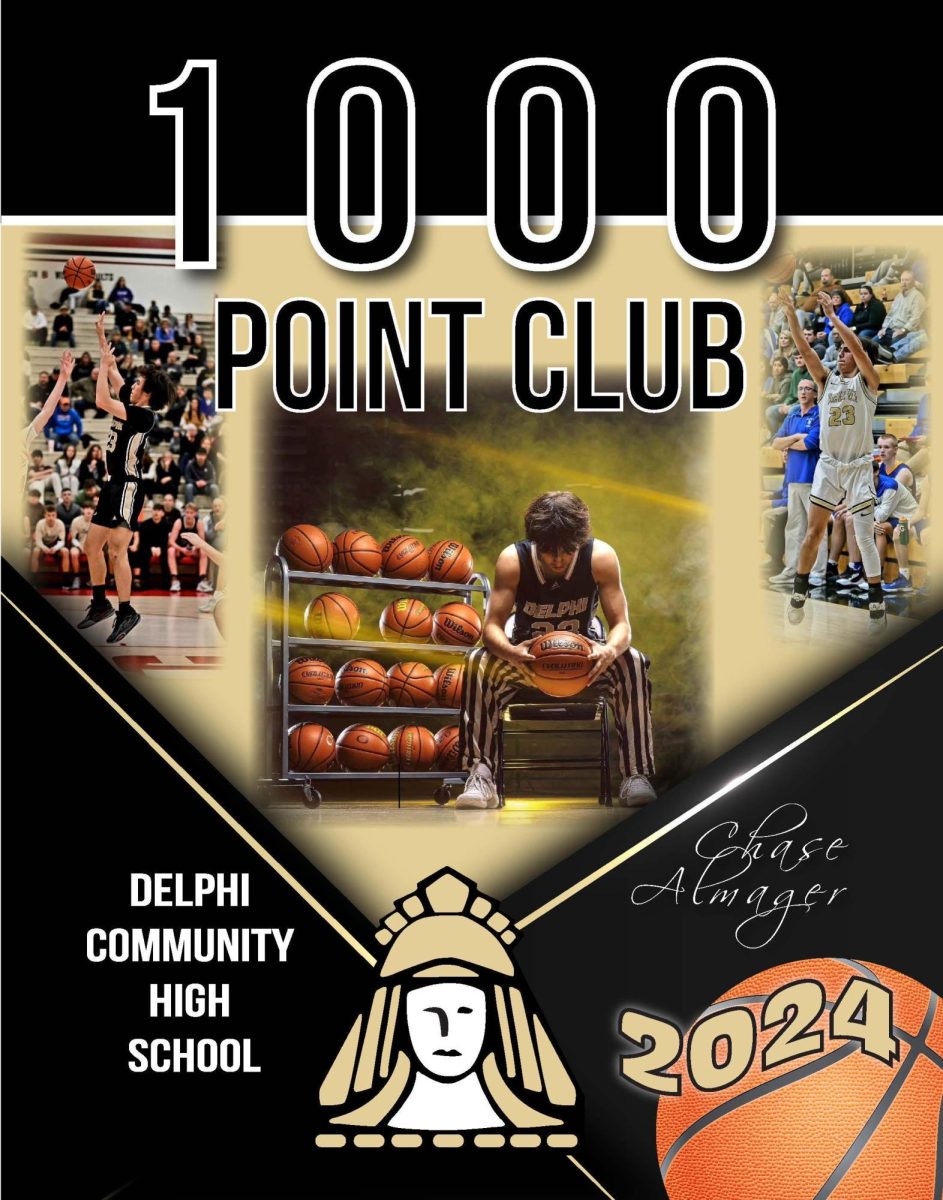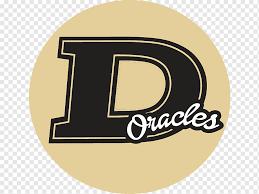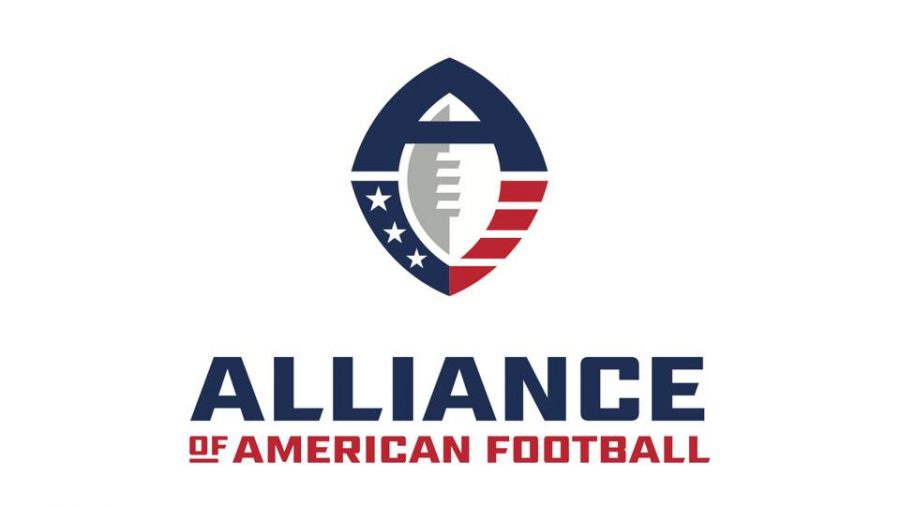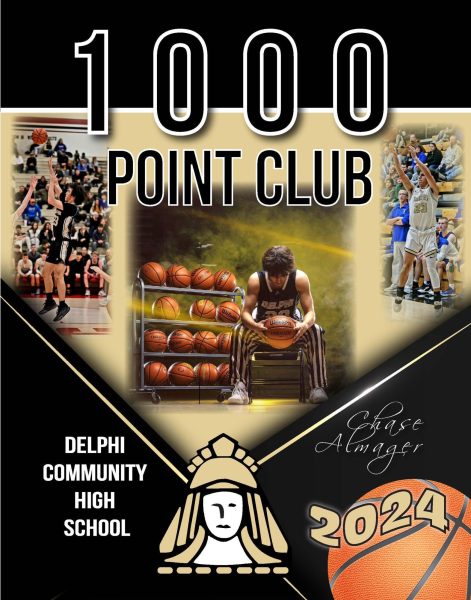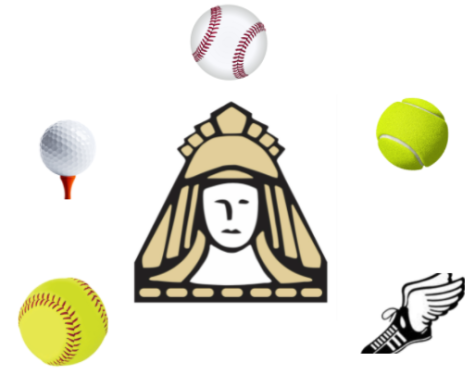Future leagues can learn from the AAF
After enjoying a two month hiatus, the Alliance of American Football (AAF) has ended after folding at the beginning of this month. Through its exhilarating season, the league introduced us to eight teams, each complete with talented rosters in non-traditional sports towns. Like the NFL, it had its juggernauts and its pushovers, and it provided us with football in that awkward gap between the Super Bowl and Opening Day for baseball. However, it lacked viewership, thus leading to its failure. Nevertheless, the endeavour proved promising for future leagues. This is what future leagues can get out of the AAF’s unsuccessful run.
People like big hits
In the AAF’s premier week, the biggest highlight came from the matchup between the San Diego Fleet and the San Antonio Commanders. However, it didn’t come from a touchdown pass. It didn’t come from a jaw dropping catch or a game winning drive. Rather, it came from Shaan Washington’s massive hit on Fleet quarterback Mike Bercovici. It came from Bercovici getting blindsided. It came from his helmet abandoning its mission of protection and instead flying 4 yards in the air before falling lifeless at the feet of an offensive lineman. It came from the ball popping loose from Bercovici’s grip while his body smashed into the ground not a second later. Does anyone remember the score of this game? No. However, this play spread across social media like wildfire, garnering hundreds of thousands of views on Youtube within days. With the NFL adding further regulations on illegal blocks and more access to video review this coming season, a league with nasty hits and an upbeat game speed is sure to be liked by fans.
People like name recognition
Look, we all like football. However, we like it better when we know who’s playing. When you talk about the NFL, you think about established, big name players, such as Tom Brady, J.J. Watt, Julio Jones, Tyrann Mathieu, Aaron Rodgers, and so on. However, when an ordinary fan tuned into an AAF game, all they saw was a bunch of twenty-somethings running around, crashing into each other like cars on an icy freeway. So, how does one fix this problem? Future leagues should look to hire former NFL busts or college prospects. These options would be cost effective while bringing exposure to the league in the form of promising, recognized players. After all, we all want to root for someone.
Leagues should complement, not compete with, the NFL
In 2000, the XFL was formed. It had the same appeal as the AAF did, with the promise of big hits tempting people to tune in. However, there was a major problem: they decided to play the season during the fall, right alongside the NFL. Uh oh. Obviously, the XFL failed and lost millions of dollars. However, it makes one wonder if that would have been the case if the XFL had done what the AAF did and started after the NFL playoffs. The NFL is an established league with a solid fan base, and future leagues won’t simply be able to pull away its audience. However, if they can align their season with the end of the NFL’s season, then they may be able to maintain the football fever produced by the Super Bowl.
The XFL will be making its return in the spring of 2020, hopefully having learned a thing or two from the failures—and relative successes—of its 2000 attempt and the AAF’s 2019 attempt to capitalize on America’s captivation with the gruesome sport. We shall see if they can get the formula right and grab America’s attention, or if they will fail and let the NFL retain its monopoly on professional football in the United States.

Joe is a senior at Delphi and is in his third year with Parnassus. He plays tennis, cross country, and track, and he is also involved with Bracketology...


